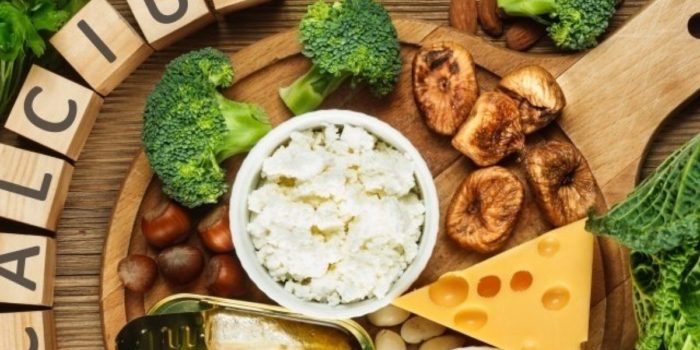Pulp capping is a procedure for placing a dental material on the pulp tissue to stimulate the formation of reparative dentin. The pulp capping treatment aims to maintain the vitality of the pulp by protecting the pulp to form a dentine bridge. The success of pulp capping treatment depends on the ability of the material to cover the dentinal tubules, without irritating the pulp, protecting the pulp from mechanical, chemical and bacterial irritation, and able to induce fibroblast and odontoblast cells to form reparative dentine. There are two types of pulp capping treatments, direct and indirect pulp capping. Indirect pulp capping is a treatment of non-perforated pulp tissue. Direct pulp capping is treatment of perforated or exposed pulp tissue and the material used is calcium hydroxide.
Calcium hydroxide is the Gold Standard for pulp capping treatment but calcium hydroxide has the disadvantage that high pH (12.5) causes necrosis of the pulp tissue in direct contact with calcium hydroxide material.. Calcium hydroxide in the long term undergoes a change of physical properties, which results in the formation of dense reparative dentine formation resulting in dentine bridge discontinuity in the area of necrosis called “tunnel defects”. It can cause bacterial penetration into the pulp and cause irritation to the pulp.
The disadvantage of calcium hydroxide has caused many researchers to look for other alternative materials, including material from nature. In recent years, many studies have developed alternative materials from nature to be used in dentistry. Propolis is one of the natural products produced by bees consisting of resins, balm, beeswax, essential oils, pollen, and other organic materials. Propolis is useful as an anti-bacterial, anti-fungal, anti-virus, anti-tumor, anti-oxidation, immunomodulatory , and plays a role in the healing process.
It is because Caffeic Acid Phenethyl Ester (CAPE) is one of the active ingredients in propolis with large amounts. Calcium hydroxide combined with propolis has good biocompatibility properties, this is evidenced from previous studies conducted by evaluating the process inflammation in the connective tissue of mice. The combination of calcium hydroxide and propolis is expected to obtain better properties than calcium hydroxide alone, due to propolis’ anti-bacterial properties and the ability to increase proliferation of fibroblast cells. In the combination of calcium hydroxide-propolis, it contains CAPE as an anti-oxidant that can bind to free radicals, hydroxyl ions (OH -) which can prevent lipid peroxidation and cell death.
The content of OH- ions in fibroblast cells will cause lipid peroxidase, denaturation of proteins, and interference with DNA because OH- ions are very reactive free radicals. This activity causes damage to cell membranes, protein breakdown and DNA damage that can cause cell death. In the combination of calcium hydroxide – propolis the number of OH- ions is less. This might be due to the combination of calcium hydroxide-propolis containing CAPE as a strong antioxidant that can bind free radicals, hydroxyl ions (OH -) to prevent lipid peroxidation and cell death, so the antioxidant ability of propolis to bind to free radicals improves. Propolis can bind free radicals in cells by releasing hydrogen ions to bind with hydroxyl ions so that free radicals are reduced and then prevent oxidation reactions in the cell. Moreover, the combination of calcium hydroxide-propolis may experience changes in pH which will support the activity of fibroblast cell proliferation. Based on this research, the content of CAPE in propolis at certain doses can induce fibroblast cell proliferation to a certain concentration limit but propolis can cause the opposite after the limit, which triggers the death of fibroblast cells from the increased dose of propolis.
The viability of pulp fibroblasts cell is good, because the presence of CAPE triggers fibroblast cell proliferation. At low doses of CAPE can increase cell proliferation activity by increasing TGFβ which is a regulator of cell growth and stimulate fibroblast cell proliferation.
Author: Dr. Ira Widjiastuti, drg.,M.Kes.,Sp.KG(K).
Details of the research available at:
http://www.japtr.org/temp/JAdvPharmTechRes11120-5445201_013045.pdf
Ira Widjiastuti, Mieke Kusuma Dewi, Edhi Arief Prasetyo, Nirawati Pribadi, Mochamad Moedjiono (2020). The cytotoxicity test of calcium hydroxide, propolis, and calcium hydroxide‑propolis combination in human pulp firoblast. Journal of Advanced Pharmaceutical Technology & Research, 11(1): 20-24; 10.4103/japtr.JAPTR_88_19





